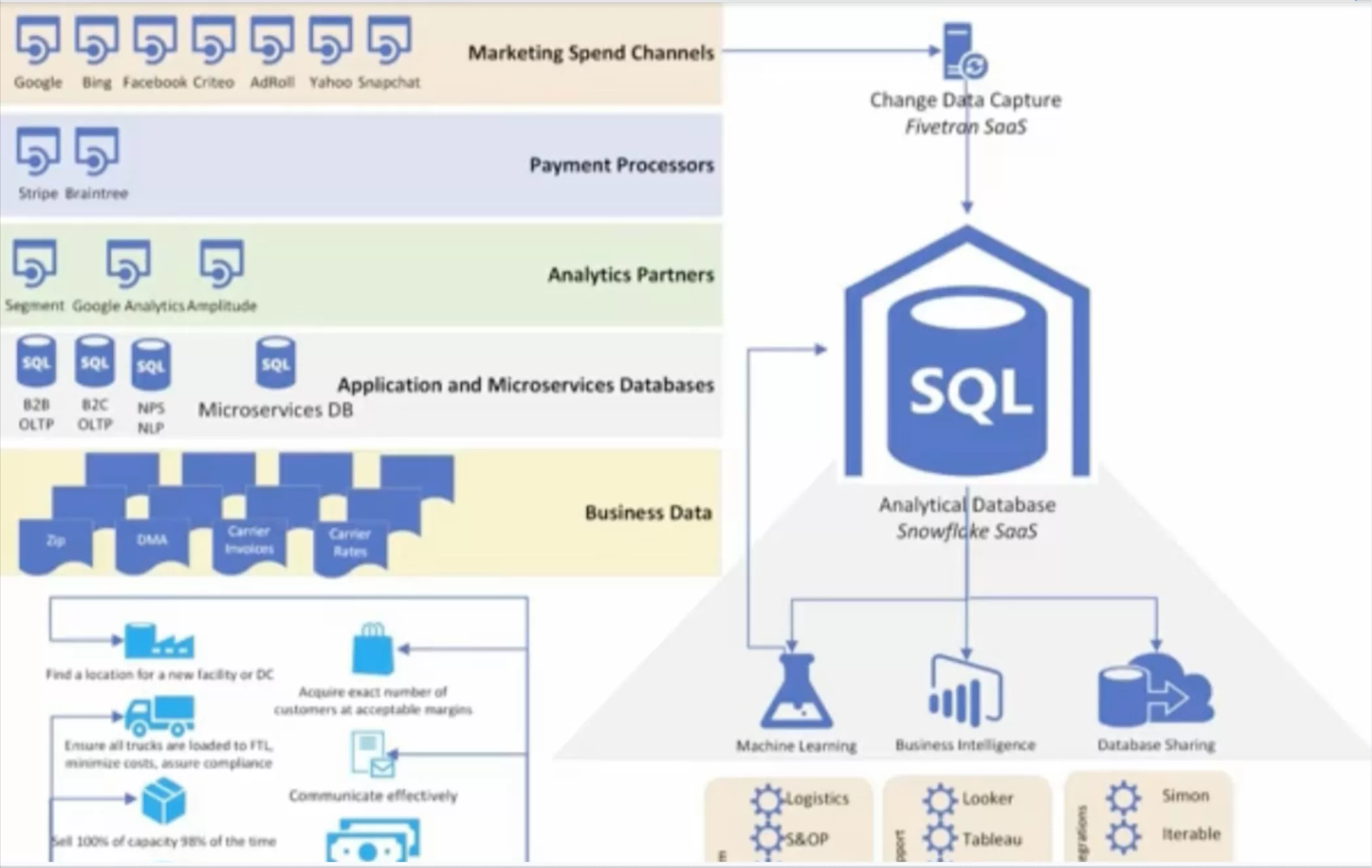The Hidden Threats in Your Data Warehouse Layers (And How to Fix Them)

Data warehouses are the centralized repositories that store and manage data from various sources. They are integral to an organization’s data strategy, ensuring data accessibility, accuracy, and utility. However, beneath their surface lies a host of invisible risks embedded within the data warehouse layers.
These “hidden threats” can silently undermine your data quality and reliability and often remain undetected until they trigger significant problems such as incorrect business decisions or compliance violations. Understanding these threats and how they affect each layer of your data warehouse is crucial for maintaining the integrity of your data infrastructure.
Table of Contents
The Three Main Layers of a Data Warehouse
A data warehouse is typically organized into three main layers, each with its own unique functions and complexities:
- Stage Layer: Your initial landing zone for raw data.
- Integration Layer: Where your data transformations and business logic are applied.
- Access Layer: Optimized for end-user querying and reporting.
Stage Layer: The Foundation
The Stage Layer serves as the foundation of a data warehouse. Its primary purpose is to ingest and store raw data with minimal modifications, preserving the original format and content of incoming data. This ensures that the data remains as true to its source as possible, which is essential for downstream processing and analysis.
However, hidden threats in this layer can introduce errors that propagate throughout the entire data warehouse. Some common issues include:
- Data Corruption: Unnoticed changes in the raw data can corrupt it at the source.
- Incomplete Ingestion: Some data may fail to load without triggering alarms.
- Source System Changes: Updates or modifications in source systems can go undetected, causing mismatches and inconsistencies.
Integration Layer: Where the Magic Happens
The Integration Layer is where data transformation and cleansing processes occur, aligning the data with your organizational needs. Business logic is applied, and various data modeling techniques are employed to structure the data effectively.
Hidden threats in the Integration Layer can create a complex web of potential errors that are difficult to trace and resolve, such as:
- Inconsistent Business Logic Application: Different interpretations of business rules can lead to discrepancies.
- Data Drift: Over time, the meaning of certain data fields might evolve, but if these changes aren’t properly documented and communicated, it can lead to misinterpretation.
- Undocumented Transformations: Lack of documentation can obscure the processes, making troubleshooting challenging.
Access Layer: Serving Business Users
The Access Layer is optimized for efficient querying and reporting, tailored to meet the needs of your business users. It often includes data marts (subsets of the data warehouse focused on specific business areas) and Online Analytical Processing cubes to support specific business functions. This layer is the primary interface for Business Intelligence tools that generate insights. Additionally, it serves as a key source of data for machine learning models, enabling advanced analytics and predictive capabilities.
Hidden threats in this layer can lead to faulty decision-making and diminished trust in your data warehouse. These include:
- Stale Data: Outdated information that hasn’t been refreshed in a timely manner.
- Inconsistent Aggregations: Variations in data aggregation methods can cause discrepancies. Different BI tools might use different methods to calculate averages or totals, leading to conflicting reports.
- Hidden Performance Issues: Slow query performance can frustrate users and reduce productivity. Complex queries that aren’t optimized might take too long to execute, discouraging users from leveraging the full potential of the data warehouse.
Implementing a Proactive Approach: Best Practices

To combat these hidden threats in your data warehouse, being proactive is essential. Implement these best practices to enhance your data integrity:
- Clear Documentation and Metadata Management: Ensure all your data assets and transformations are well-documented. This includes maintaining a data dictionary, documenting business rules, and keeping track of data lineage.
- Version Control for ETL Processes: Track changes over time to understand the evolution of your data processes. This allows you to roll back changes if needed and understand how your data transformations have evolved.
- Data Observability Tools: Automatically detect anomalies and changes in data patterns at each layer. These tools can alert you to potential issues before they become critical problems.
- End-to-End Visibility: Maintain visibility across your data pipeline to quickly identify the root cause of issues. This holistic view helps you understand how changes in one layer might impact others.
Reveal Hidden Threats with Monte Carlo
With all the layers in a data warehouse, a powerful data observability platform is needed to gain insight into the data flow. Monte Carlo’s platform provides automated monitoring across all your data warehouse layers, offering unmatched insight and control. Its machine learning-driven anomaly detection identifies unusual data patterns, while end-to-end lineage tracking quickly traces issues to their source.
Monte Carlo not only reveals hidden threats but also empowers you to address them swiftly, ensuring your data remains reliable and accurate. Enter your email below to schedule a demo today and learn more about how Monte Carlo can protect and optimize your data warehouse.
Our promise: we will show you the product.
Frequently Asked Questions
What is the raw layer of a data warehouse?
The raw layer of a data warehouse is referred to as the “Stage Layer.” It serves as the foundation of the data warehouse, where raw data is ingested and stored with minimal modifications, preserving the original format and content of the incoming data.
What is the core layer in a data warehouse?
The core layer in a data warehouse is known as the “Integration Layer.” This is where data transformation and cleansing processes occur, aligning the data with organizational needs by applying business logic and various data modeling techniques.
 Product demo.
Product demo.  What is data observability?
What is data observability?  What is a data mesh--and how not to mesh it up
What is a data mesh--and how not to mesh it up  The ULTIMATE Guide To Data Lineage
The ULTIMATE Guide To Data Lineage 





